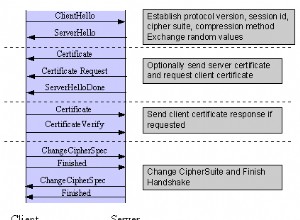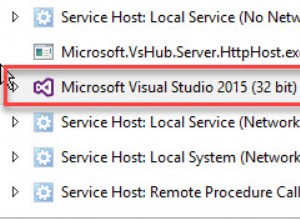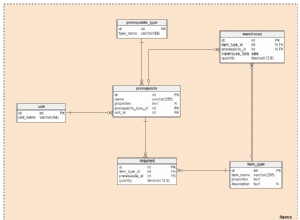Nie sądzę, że można zapobiec temu zachowaniu za pomocą podzapytań przy użyciu for xml path . Zgłoszono podobny problem tutaj. https ://connect.microsoft.com/SQLServer/feedback/details/265956/suppress-namespace-attributes-in-nested-select-for-xml-statements
Możesz uzyskać żądane wyjście, jeśli użyjesz for xml explicit zamiast tego.
declare @T table(Level1 int, Level2 int)
insert into @T values(null, 2)
select 1 as Tag,
null as Parent,
null as [root!1],
null as [nested1!2!level1!ELEMENTXSINIL],
null as [nested1!2!level2!ELEMENTXSINIL],
null as [nested2!3!level1!ELEMENTXSINIL],
null as [nested2!3!level2!ELEMENTXSINIL]
union all
select 2 as Tag,
1 as Parent,
null,
Level1,
Level2,
null,
null
from @T
union all
select 3 as Tag,
1 as Parent,
null,
null,
null,
Level1,
Level2
from @T
for xml explicit
Wynik:
<root xmlns:xsi="http://www.w3.org/2001/XMLSchema-instance">
<nested1>
<level1 xsi:nil="true" />
<level2>2</level2>
</nested1>
<nested2>
<level1 xsi:nil="true" />
<level2>2</level2>
</nested2>
</root>




